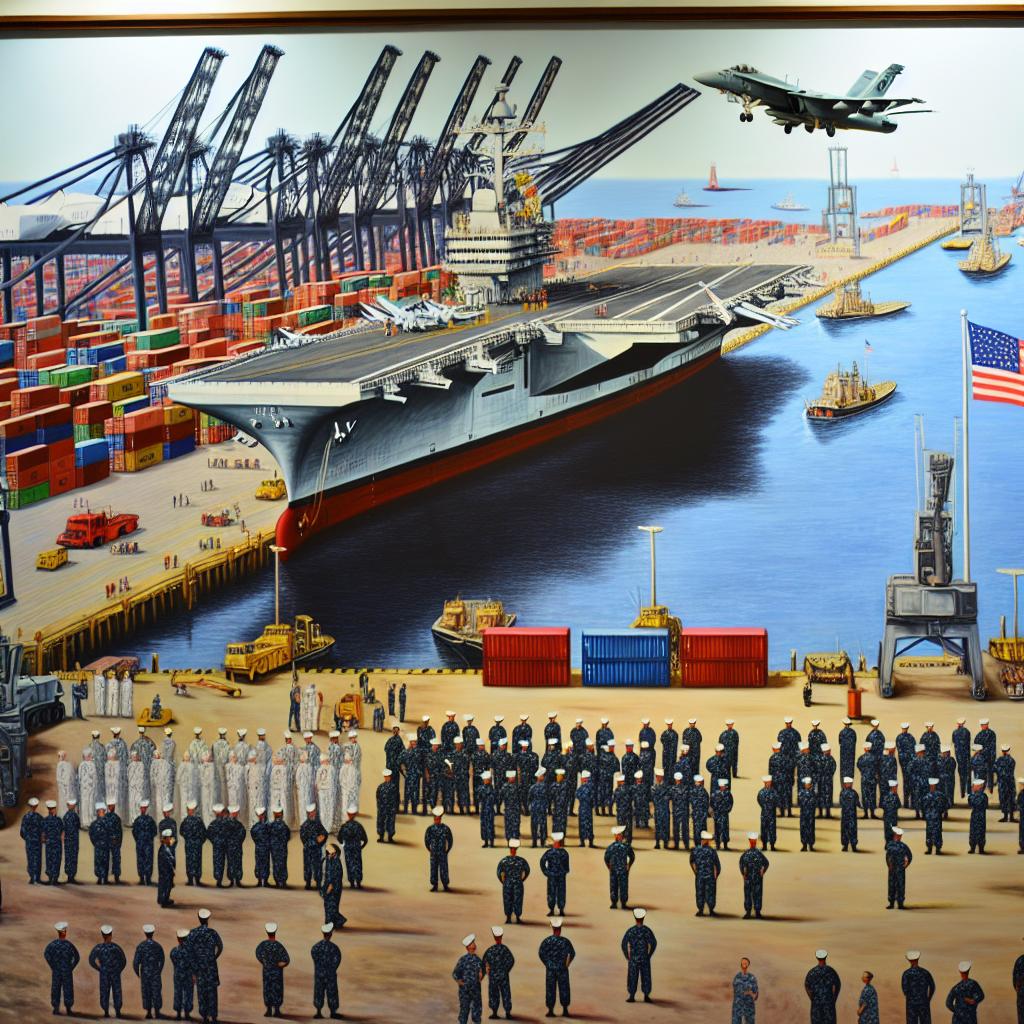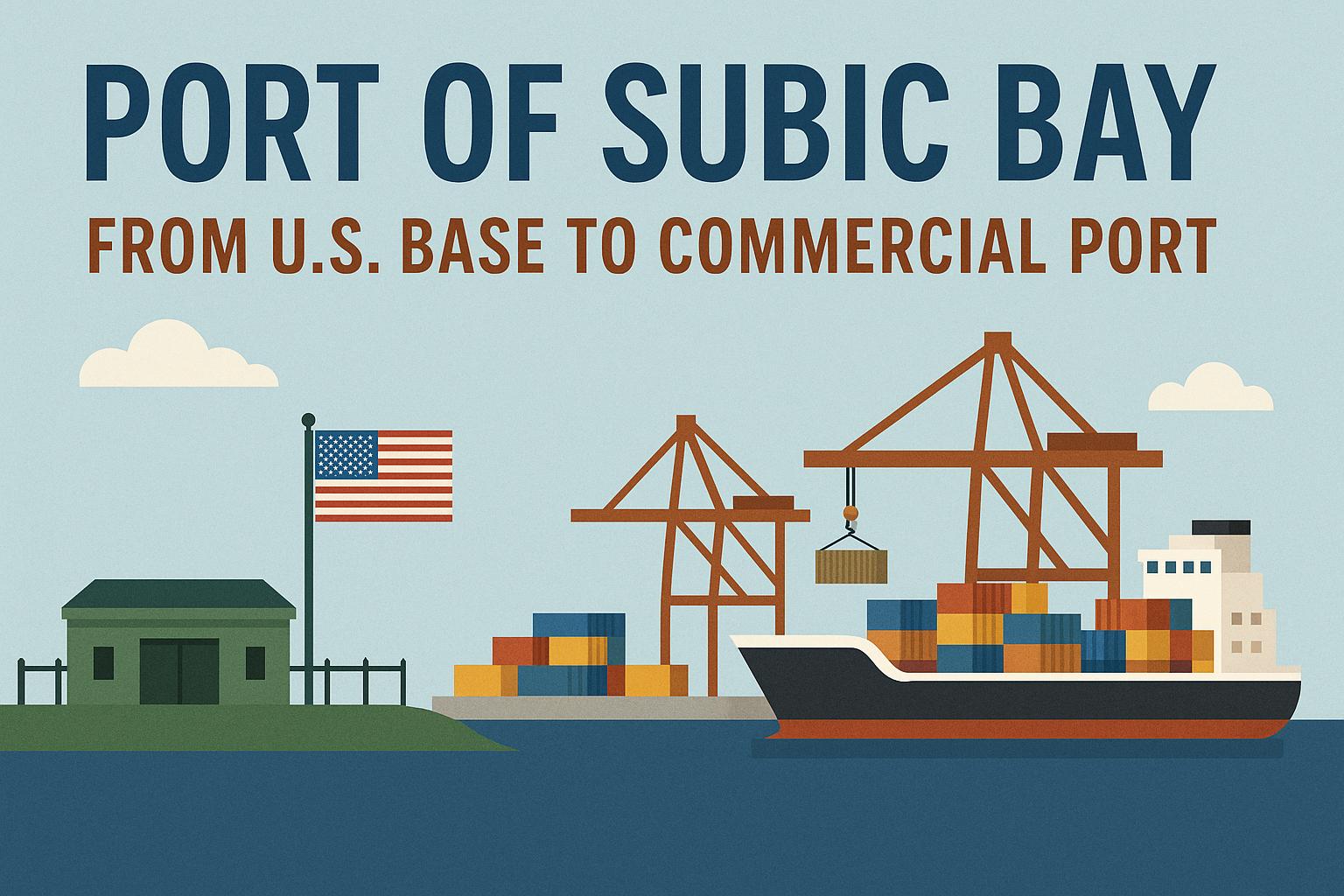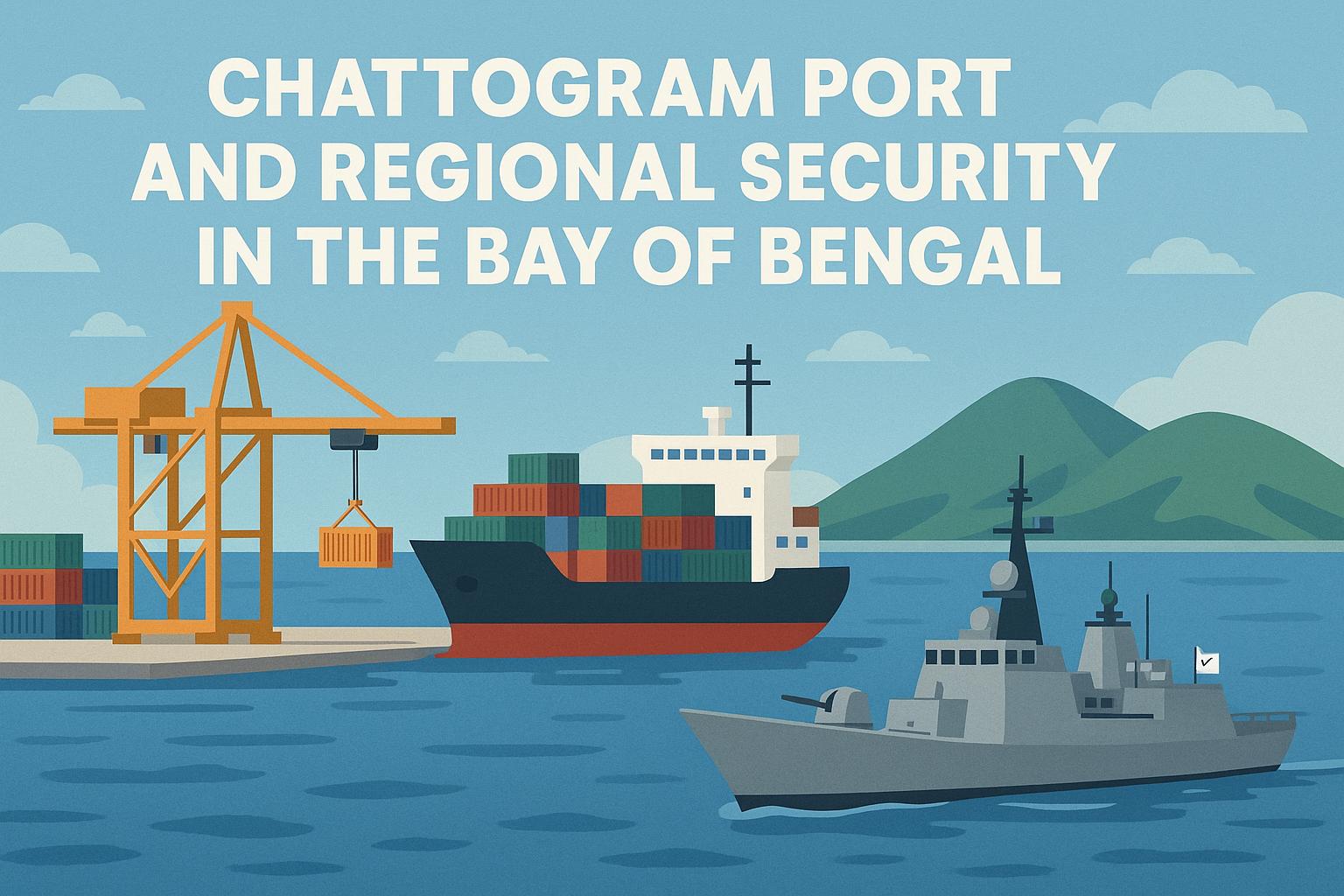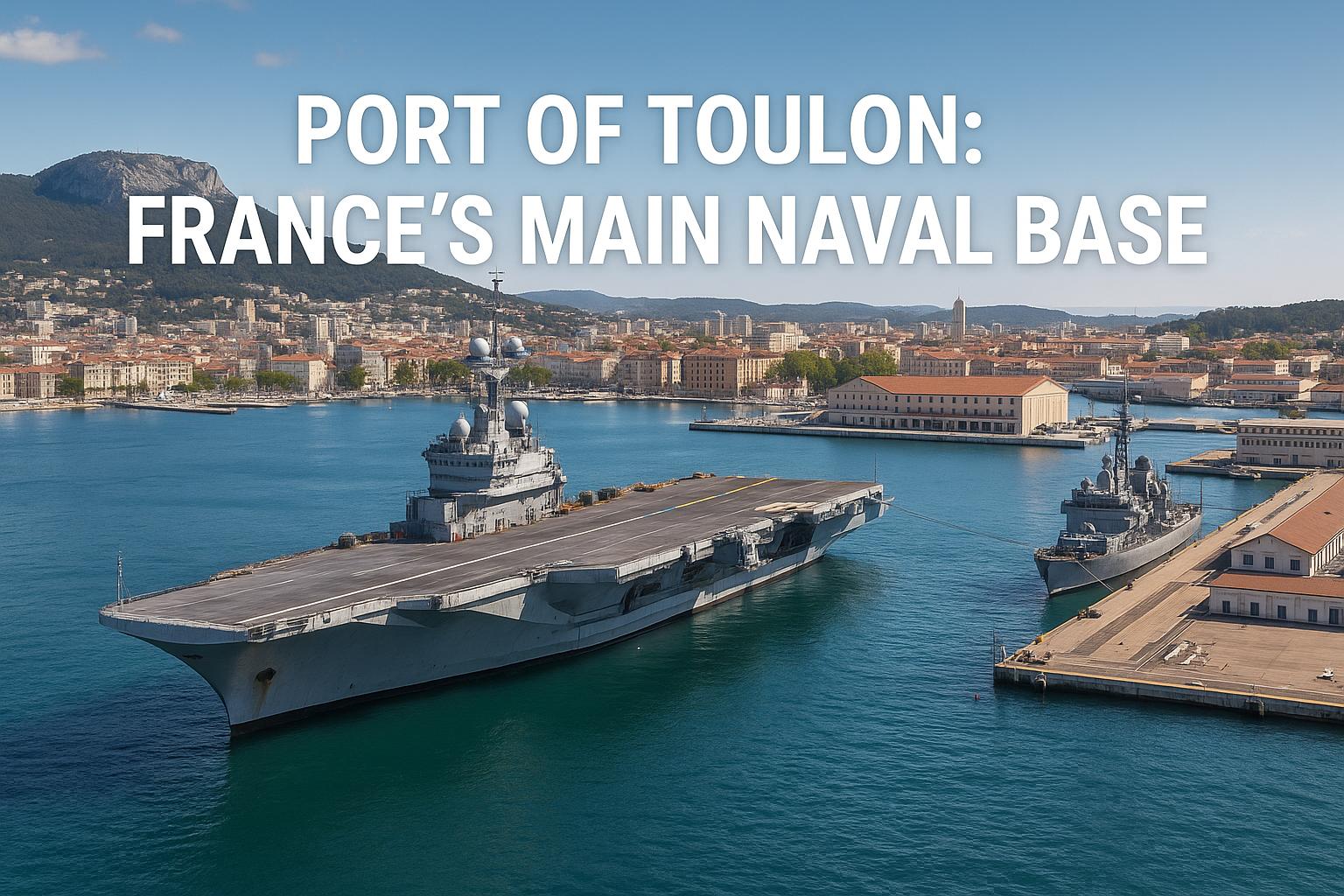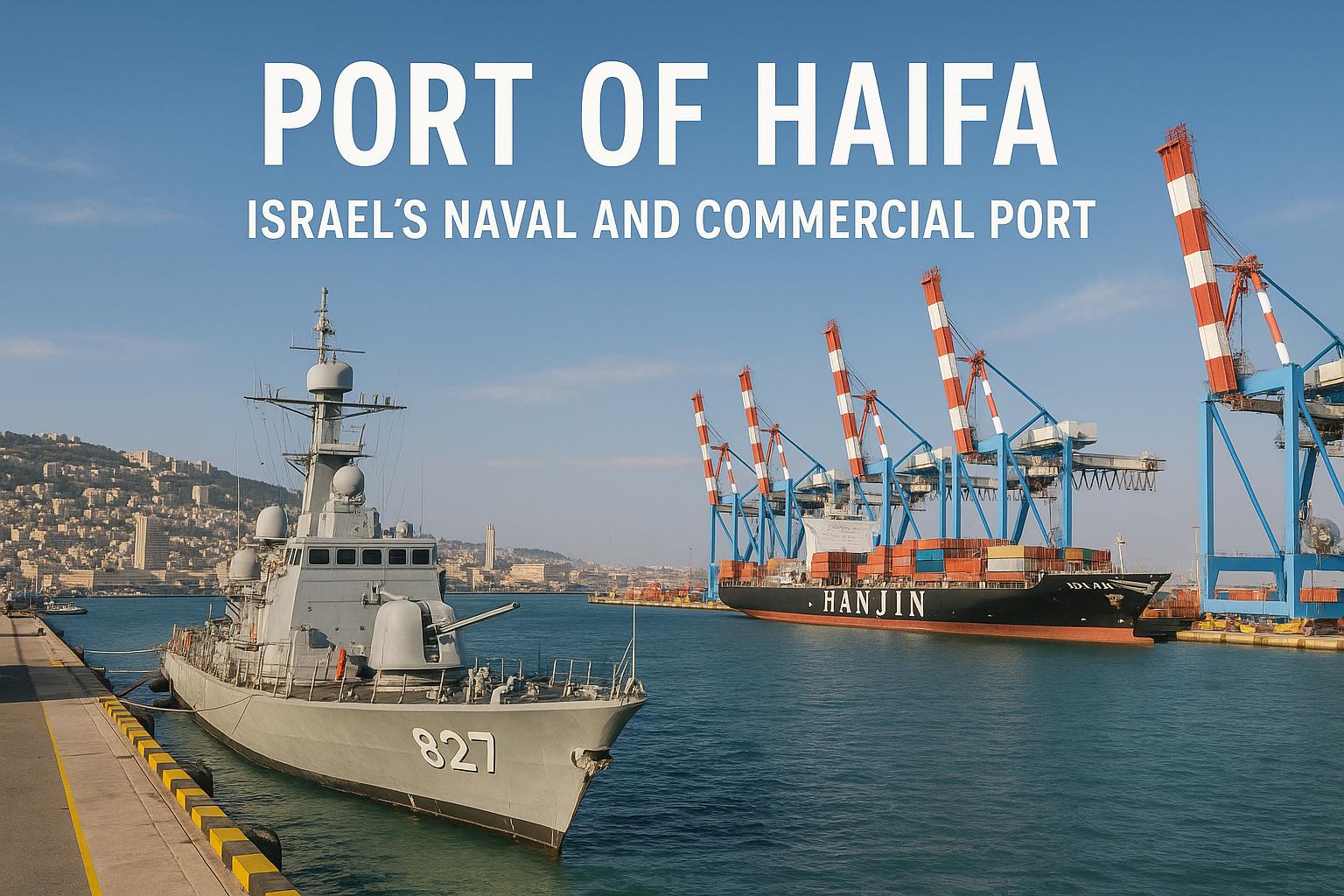The Strategic Importance of the Port of Norfolk
The Port of Norfolk, strategically located in the Hampton Roads region of Virginia, serves as a crucial asset for the U.S. Navy. It plays a significant role in bolstering U.S. naval power and is recognized as one of the largest and most strategically vital naval bases worldwide. Housing the headquarters of the United States Fleet Forces Command, the Port of Norfolk enhances the readiness and operational capabilities of the Navy, making it an indispensable component of national defense.
Geographical Advantage
The geographical positioning of Norfolk provides it with a direct gateway to the Atlantic Ocean, marking it as an ideal location for conducting naval operations along the East Coast and beyond. Its proximity to the vast expanse of the open sea allows for the rapid deployment of naval forces, a feature that is critical for both defensive maneuvers and offensive operations. This geographical edge ensures that the U.S. Navy can effectively maintain a robust presence within the Atlantic, thereby safeguarding American interests and projecting its power on a global scale.
Infrastructure and Facilities
The Port of Norfolk is characterized by its extensive infrastructure, which includes deep-water berths designed to accommodate enormous naval vessels, including aircraft carriers. These facilities are not only expansive but are also equipped with state-of-the-art technology and resources, enabling the port to efficiently handle maintenance, repair, and resupply operations. Such capabilities ensure that the fleet remains in peak operational condition, always prepared to undertake action whenever necessary.
Support for Aircraft Carriers
Within the port, several aircraft carriers are stationed, which play a pivotal role in establishing U.S. naval superiority. These carriers act as floating airbases, making it possible to deploy aircraft in regions where conventional land bases may not be feasible. The port’s capacity to support these colossal vessels through docking and maintenance operations is vital for the continuation of naval activities and the preparedness of forces.
Training and Logistics
Norfolk serves as a vital center for naval training exercises, which are essential for ensuring combat readiness and operational precision. The port supports diverse training initiatives, guaranteeing that naval personnel are thoroughly prepared for potential deployments. Furthermore, Norfolk functions as a logistical hub, maintaining robust supply chains that deliver essential goods and equipment to forces stationed overseas.
Logistical Coordination
Effective logistics form the backbone of any successful military operation. The Port of Norfolk orchestrates complex supply chains destined to deliver a wide array of commodities ranging from basic necessities like food and fuel to advanced weaponry. The seamless integration and coordination of these logistics are indispensable for sustaining the operational capabilities of the fleet.
Naval Shipyards
Adjacent to the port are naval shipyards that contribute significantly to the overall power of the U.S. Navy. These facilities are tasked with building, maintaining, and upgrading naval vessels, ensuring they are equipped with the latest innovations in technology and are capable of meeting evolving defense requirements. The existence of these shipyards allows for a rapid response to maintenance needs, thereby reducing downtime for critical assets and enhancing the operational readiness of the Navy.
Crew Support and Community Involvement
The local community holds an influential role in supporting naval operations at the Port of Norfolk. The economic impact of the port’s presence is profound, offering numerous employment opportunities and benefits for local businesses. In their turn, the community provides crucial services to naval personnel and their families, contributing to the overall morale and welfare of the crew. This symbiotic relationship reinforces the naval operations and yields mutual benefits.
Moreover, community involvement extends beyond economic transactions. Local institutions, organizations, and individuals frequently engage in activities and initiatives designed to uplift naval personnel and their families, offering a network of support that encompasses emotional, social, and cultural dimensions. Programs oriented towards education, health, and recreation are often the focus, aiming to improve the quality of life for those connected to the naval base.
Efforts by the community to integrate naval history and pride into local culture have also created strong ties between the base and the surrounding area. Events such as parades, open days at the base, and collaborative outreach initiatives help foster a sense of belonging and shared purpose. The services provided by various local entities contribute to a sustainable relationship, facilitating a supportive environment for both active personnel and veterans.
Economic Impact
The Port of Norfolk’s influence extends far beyond military borders, significantly impacting the local and national economy. The port’s operations support thousands of jobs, both directly and indirectly, generating substantial income for individuals and businesses alike. The demand for goods and services required to maintain the base and its activities contributes to the economic vitality of the surrounding region.
Moreover, the port facilitates import and export activities, thereby contributing to broader economic dynamics. The role of Norfolk as a commercial port operates alongside its military functions, illustrating the dual significance of the port in both defense and economic frameworks. Investment in infrastructure and facilities further stimulates economic growth and ensures that the port remains at the forefront of naval and commercial capabilities.
Conclusion
In summary, the Port of Norfolk stands as a central pillar of U.S. naval strategy, embodying a blend of geographical, infrastructural, and community strengths. Its strategic location and sophisticated facilities ensure that the United States maintains dominance in naval operations and remains prepared for any global challenges. The reciprocal support between the port and its community enhances the port’s role not only as a military asset but also as a catalyst for economic and social integration.
